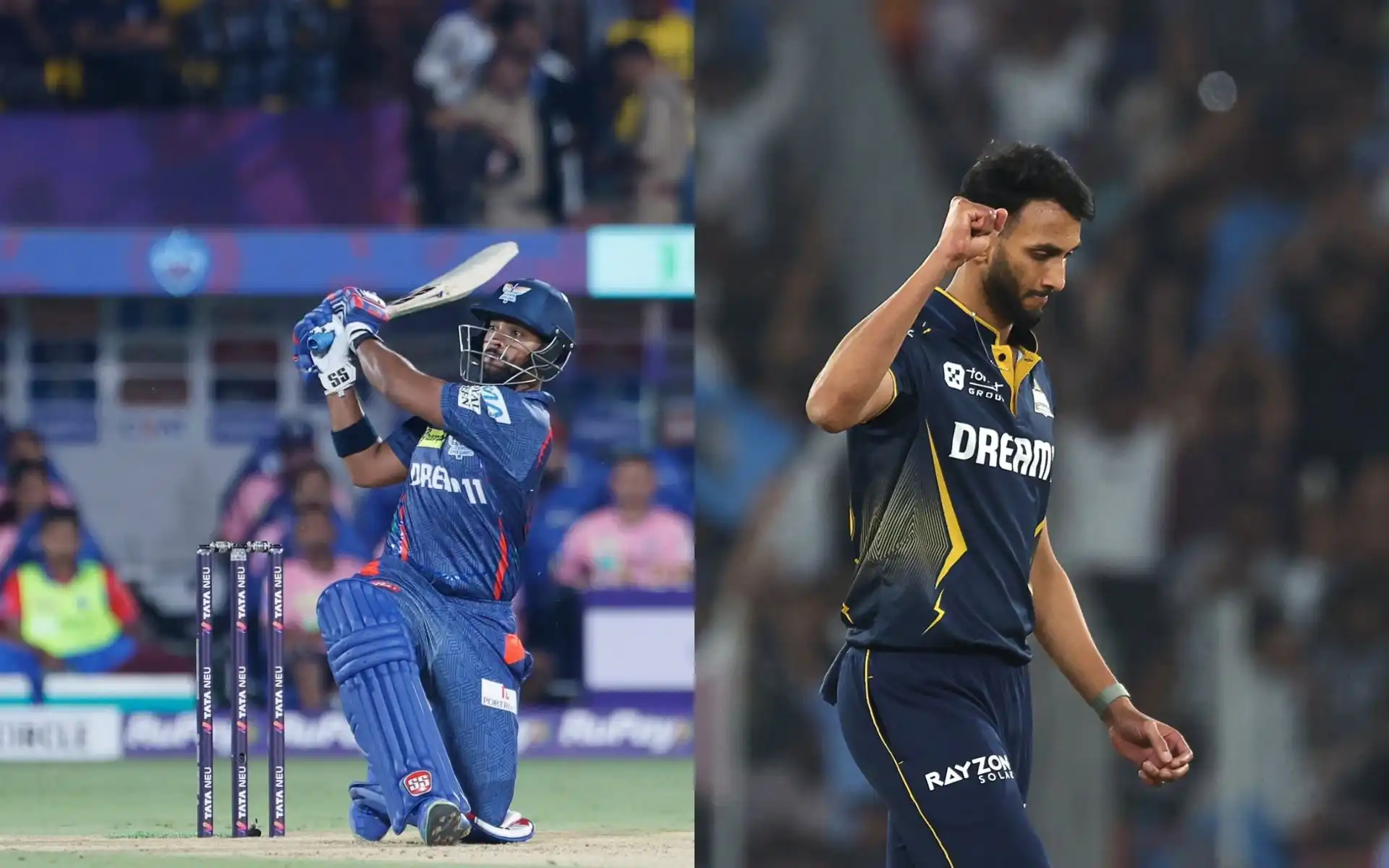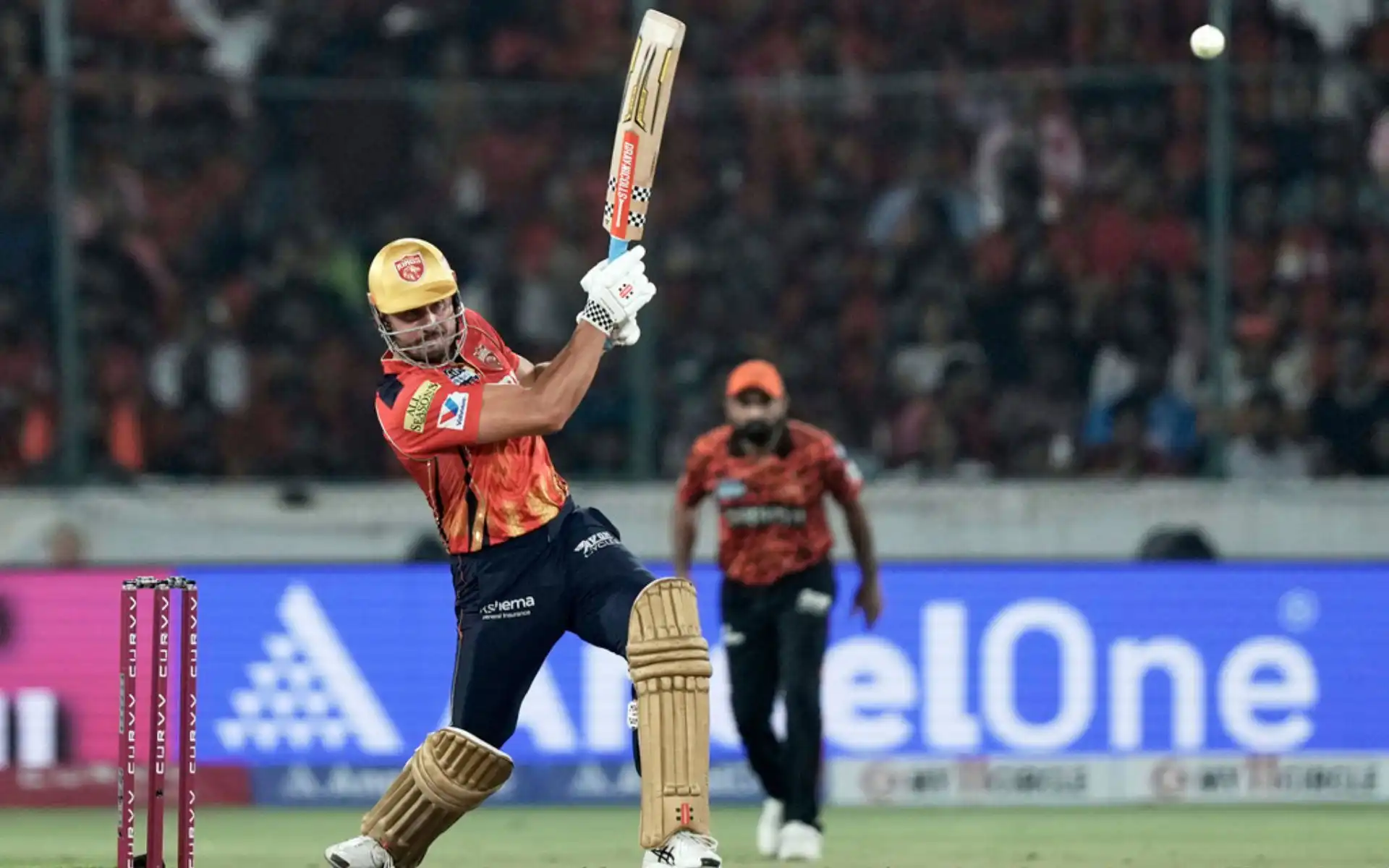![MS Dhoni for CSK [Source: AP Photos]](https://onecricketnews.akamaized.net/parth-editor/oc-dashboard/news-images-prod/1745185549213_ms_dhoni.jpg?type=hq) MS Dhoni for CSK [Source: AP Photos]
MS Dhoni for CSK [Source: AP Photos]
MS Dhoni, Chennai Super Kings' iconic captain, embodies a fascinating case study in the economic principle of diminishing returns. With five IPL trophies under his leadership, his legendary status in cricket is undisputed. Yet, as CSK languishes at the bottom of the 2025 IPL standings, an uncomfortable question emerges: Has the greatest finisher in cricket history reached the point where his value to the team is diminishing despite his enduring popularity?
Peak Performance vs Present Reality
The statistics tell a compelling story. Between 2018 and 2023, Dhoni led CSK to three championships, showcasing his tactical brilliance and finishing abilities. During this golden period, his strike rates frequently exceeded 150 in championship years like 2018 (150.66) and 2023 (182.46), though 2021 saw a concerning dip to 106.54 - below par for T20 cricket, yet somehow still resulting in a championship.
![MS Dhoni's Strike Rate over the years [Source: OneCricket]](https://onecricketnews.akamaized.net/parth-editor/oc-dashboard/news-images-prod/1745185235193_ms_dhoni_sr.jpg?type=mq) MS Dhoni's Strike Rate over the years [Source: OneCricket]
MS Dhoni's Strike Rate over the years [Source: OneCricket]
However, a closer examination reveals a pattern. While Dhoni's strike rate remained impressive in 2024 (220.55) and continues to be strong in 2025 (152.27), his overall run contribution has declined significantly. From accumulating 455 runs in 2018 and 416 in 2019, Dhoni's output has dropped to just 134 runs in the ongoing 2025 season after 8 matches.
Team Performance Correlation
The correlation between Dhoni's individual performance and CSK's standings reveals the diminishing returns phenomenon:
| Year | Dhoni's Runs | Strike Rate | CSK Position |
| 2018 | 455 | 150.66 | Champions |
| 2019 | 416 | 134.63 | Runners-up |
| 2020 | 200 | 116.28 | 7th |
| 2021 | 114 | 106.54 | Champions |
| 2022 | 232 | 123.4 | 9th |
| 2023 | 104 | 182.46 | Champions |
| 2024 | 161 | 220.55 | 5th |
| 2025 | 134 | 152.27 | 10th (ongoing) |
This data reveals an intriguing pattern. While Dhoni's strike rate has remained competitive or even improved, his total run contribution has significantly decreased. The 2021 and 2023 championship seasons appear as anomalies, where despite low personal run totals, his leadership and strategic acumen still delivered titles.
![Correlation between MS Dhoni's performance and CSK finish [Source: OneCricket]](https://onecricketnews.akamaized.net/parth-editor/oc-dashboard/news-images-prod/1745185344117_ms_dhoni_performance.jpg?type=mq) Correlation between MS Dhoni's performance and CSK finish [Source: OneCricket]
Correlation between MS Dhoni's performance and CSK finish [Source: OneCricket]
The Tactical Evolution Gap
Cricket has evolved dramatically in recent years, particularly in T20 formats. Teams have shifted toward aggressive powerplay batting, with early boundary-hitting becoming the norm rather than the exception. MS Dhoni's historically successful approach of wicket conservation followed by late acceleration now appears increasingly outdated.
This represents a classic example of what economists call a "market shift" – when strategies that once yielded optimal returns become less effective as the competitive environment evolves.
The Paradox of Value
The most fascinating aspect of Dhoni's current status is what might be called the "Dhoni Paradox." Despite diminishing on-field returns, his commercial and emotional value to CSK remains extraordinary. The fan adoration continues unabated, ticket sales surge when he plays, and his brand value persists despite declining performance metrics.
This disconnect between performance value and commercial value represents a unique challenge for sports franchises. At what point does the diminishing return on performance outweigh the still-substantial returns on fan engagement and commercial appeal?
The Broader Lesson
Dhoni's career arc with CSK perfectly illustrates the universal principle of diminishing returns. Even the greatest resources – be they players, strategies, or technologies – eventually reach a point where their continued deployment yields progressively smaller benefits relative to cost.
For CSK, the 2025 season's bottom-place standing may represent the crossing of that threshold, where the once-optimal strategy of building around Dhoni no longer yields championship results. Yet, the emotional attachment to legendary figures often delays the recognition of this economic reality.
As cricket evolves and CSK contemplates its future, the Dhoni Paradox will stand as a fascinating case study in how sporting institutions balance performance optimisation against the intangible values of legacy and loyalty.
Economic Parallel: The Dhoni Production Curve
![The Dhoni Paradox [Source: OneCricket]](https://onecricketnews.akamaized.net/parth-editor/oc-dashboard/news-images-prod/1745185432386_ms_dhoni_performance(1).jpg?type=mq) The Dhoni Paradox [Source: OneCricket]
The Dhoni Paradox [Source: OneCricket]
The diminishing returns of Dhoni's career mirrors classic economic production models. Just as adding fertilizer to crops initially boosts yields dramatically before additional amounts produce smaller and smaller gains, Dhoni's continued presence in the CSK lineup has followed a similar curve. The initial "investment" in his leadership and finishing abilities yielded extraordinary returns (multiple championships), but additional "units" of Dhoni (seasons) are now producing marginally smaller benefits while the cost (opportunity to develop new talent) remains constant or increases.
A Fan's Lament
Having followed Dhoni since his India A days, witnessing this decline is nothing short of heartbreaking. I still remember the electricity that coursed through the stadium when he first unleashed those helicopter shots, the raw power and innovative technique that changed wicketkeeping forever.
The statistics and analysis don't capture what it feels like to watch a cricketing titan gradually lose his invincibility. Every time he walks to the crease now, I hold my breath, hoping to witness one more miracle finish, one more reminder of the Dhoni who could single-handedly change a match's destiny with his calm demeanour and calculated aggression.
It's the sports fan's eternal dilemma – wanting your hero to go out on top while selfishly hoping they never leave the stage. As the economics of diminishing returns plays out on the cricket field, my heart refuses to accept what my mind increasingly knows to be true. The 'Thala' we knew is slowly fading, even as the crowds still chant his name with undiminished fervour.
Perhaps that's the final lesson of the Dhoni Paradox – that our emotional connection to sporting legends defies rational economic principles, creating a value that no performance metric could ever fully capture.
.jpg)


.jpg?type=mq)

